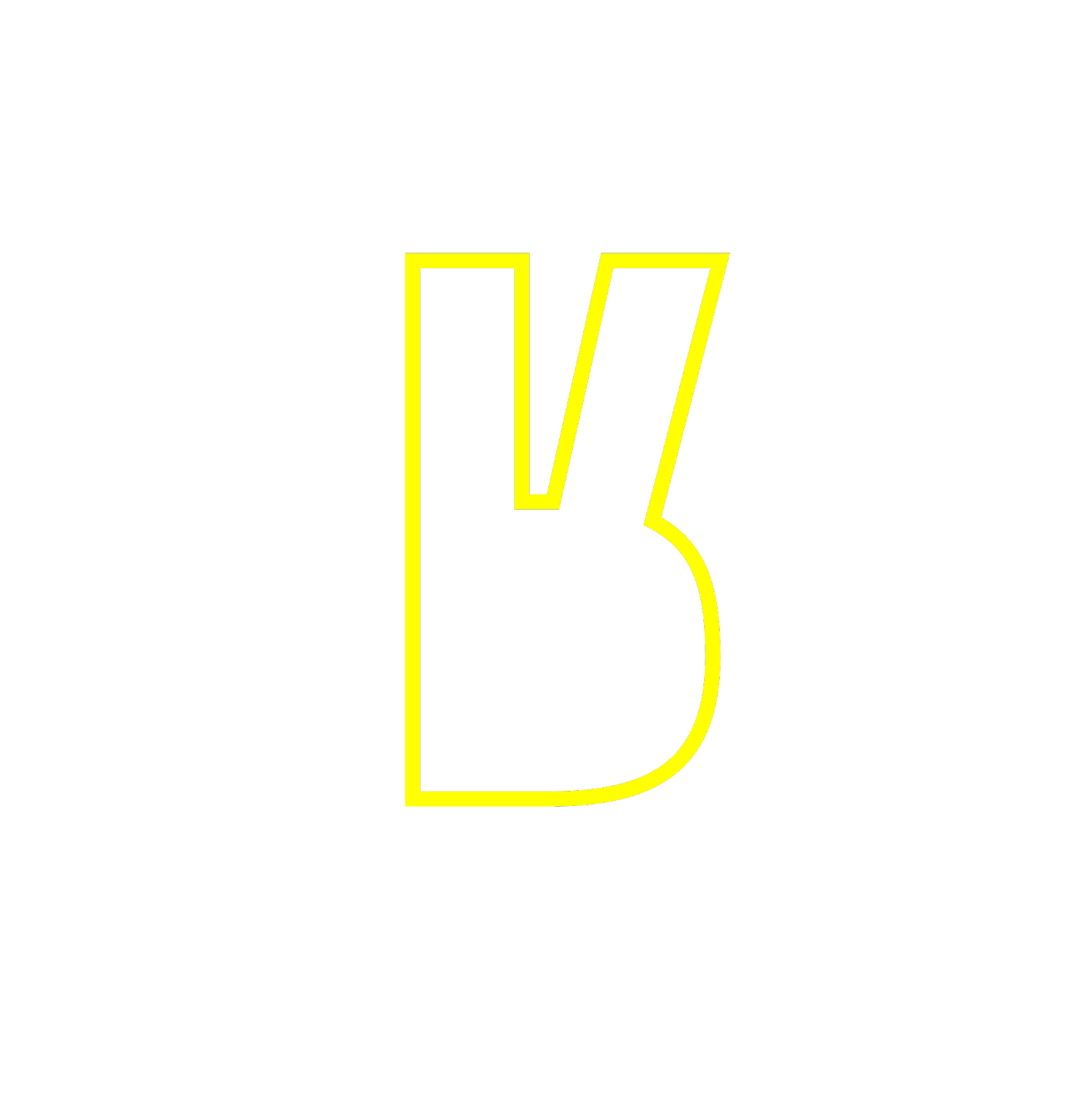What is Unpack Branding?
Let's break down branding in a way that's as easy as chatting over a cup of coffee. I started putting together Unpack Branding as an approach to navigate branding through the lens of culture, identity and power. I did this because I got tired of other people telling me that to have a brand or to be a brand, I need to exist in a neat tidy box. Don’t get me wrong, I appreciate having boxes, they’re very helpful for moving. But after I move, I need the box to unpack and I need to rearrange based on this new layout that I am in.
Here’s another analogy: tuning a guitar. I don’t play guitar (or any musical instrument really) but if I do, I would consider my brand as a tuning fork. When it’s a not tuned to the note of what’s happening in the world, the brand becomes oblivious to what’s happening. And when you stop tuning your guitar, well you start playing wrong notes looking like a fool, which would be me if I knew how to tune a guitar.
But since I cannot tune a guitar, I help brands tune in and not tune out. Here are the three frameworks that I use to help brands tune in:
1) Cycles of Socialization by Bobbi Harro
2) Analysis of Power, learned this from Skill in Action
3) Brand Identity Prism, Jean Noel Kapferer
So let’s start shall we.
First up, we've got Bobbi Harro's Cycles of Socialization. Staying with the music analogy, this is like the background music playing in our heads, shaping how we see the world and ourselves. Brands are like the baby shark tunes in this soundtrack, reinforcing these ideas and sometimes even challenging them. How did the song get stuck in your head, even when you don’t have kids? Yep, that’s socialization - it’s sneaky like that. Unless you want to be a sneaky brand, than you should just stop reading here.
Next, let's talk about power. I was first taught this framework by Skill in Action. Here, I am not talking about personal power. I am talking about systemic power.
I’ve been lucky to live in a place with clean water. But let’s say you didn’t and you woke up to seeing one fish belly up, you might think… oh, maybe the fish is sick. But then the next day, you see five more fishes belly up.
That is what I am talking about when I talk about systemic power. It’s the water that impacts everything and everyone living in it. I know this example is a bit morbid, but to be very honest I didn’t want to choose a happy example.
So, if you were a brand acknowledging that systemic power is at play, what would you do? This is what I refer to as the type of brand strategy that tunes into systemic change.
Analysis of Power: Stick figure= Individual, Triangle= Institution, Circle=Culture
Finally, we have Jean Noel Kapferer's Brand Identity Prism. This is like looking at a brand from all angles, seeing how it looks, acts, and feels - specifically in 6 categories. Because a brand is not a person, but people make up brands, industries and culture (aka analysis of power) see what I did there? Below you’ll see a page from Chapter 3 of the Unpack Branding Guide that describes how these three frameworks come together to create a brand that is able to speak to grow in tension.
A page from Chapter 3 of the free Unpack Branding guide.
Branding doesn’t have to own us. Believing that it does, tunes us back into the origin and history of this word, which I talk more about in the free Unpack Branding guide.
While we can’t expect our brand or ourselves to speak out about every single thing that’s happening in the world, we also can’t treat people like they are not impacted by what is happening in the world. That’s just rude. So, what are you waiting for?
I believe that we can unpack branding out of it’s oppressive box and lay our brand out in a way that creates opportunities that dominant culture is preventing us from seeing. Do you?




